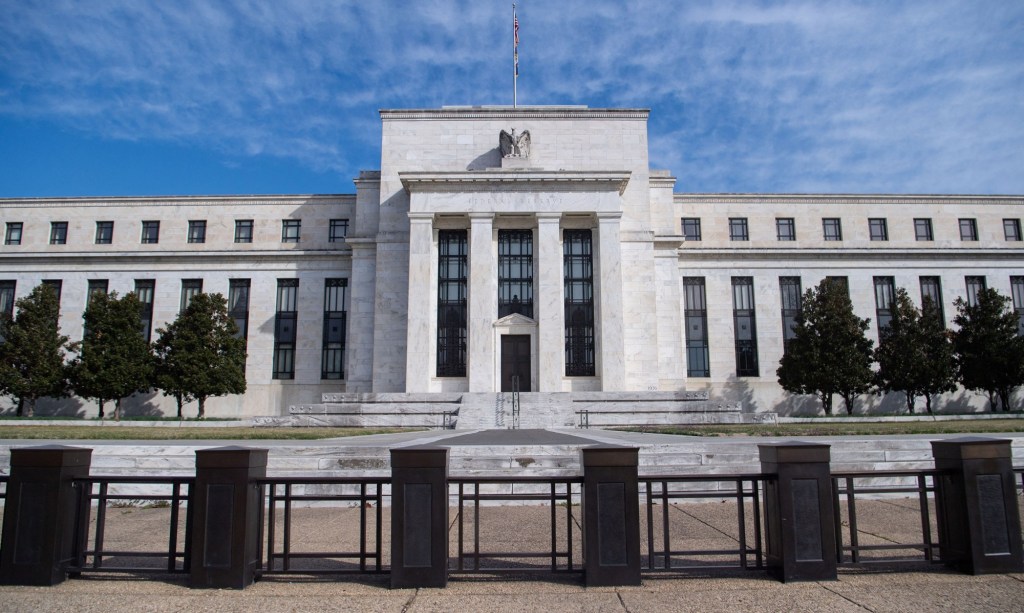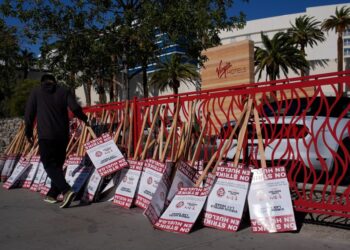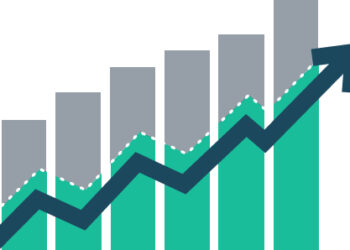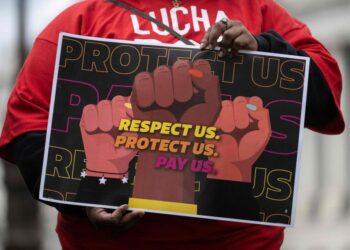Fresh data on inflation and unemployment filings gave Federal Reserve officials more reasons to hold off on cutting interest rates, even as retail sales suggested a slowdown in consumer spending.
Prices paid to U.S. producers topped forecasts in February, and fewer people applied for and received jobless benefits than previously thought, according to separate reports Thursday. That followed data earlier in the week that showed underlying consumer prices also rose at a brisk pace last month.
While another release indicated a weaker start to the year in consumer spending, the strength in the inflation and labor data support policymakers’ view that they need to see more progress before lowering borrowing costs. Fed officials, who have a dual mandate to maintain price stability and maximum employment, are widely expected to leave rates unchanged at a two-decade high for a fifth month at next week’s meeting.
“When the Fed is contemplating a series of rate cuts and is confronted by suddenly slower economic growth and suddenly brisker inflation, they will respond to the new news on the inflation side every time,” Chris Low and Mark Streiber of FHN Financial said in a note. “As long as wholesale inflation has stabilized or shifts higher and retail inflationary pressures continue, the Fed pause will stretch on.”
Inflation has largely been retreating for the past year or so, driven especially by falling prices for goods and energy. But the latest consumer and producer price indexes from the Bureau of Labor Statistics suggest that progress that is stalling, or possibly even reversing.
So-called core consumer goods prices — which exclude food and energy — rose for the first time since May, while a similar measure at the wholesale level posted the biggest back-to-back increase in a year. Rising energy costs were a major factor in the outsize readings in both the headline CPI and PPI, which came in above forecast in…
Read the full article here







